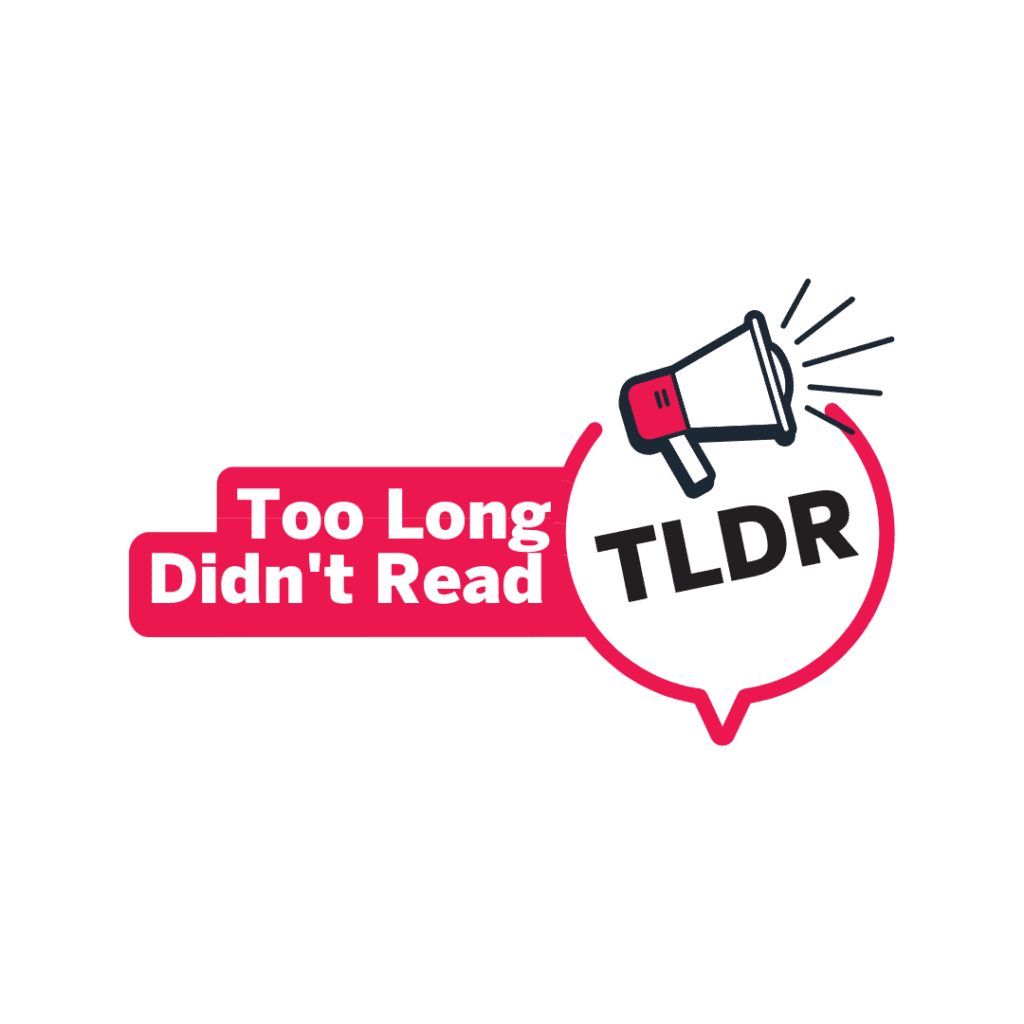

Introduction and Context
Over the past two decades there has been increasing interest in evidence-based approaches to talent selection and identification. This is often coupled with an emphasis on the early identification of ‘talented’ athletes, based on the assumption that these athletes need to be nurtured (e.g., by providing opportunities for advanced coaching, competition) to increase the likelihood of them reaching their potential. While early identification has the potential to be a strategic advantage for sport organizations (e.g., they allow more effective allocation of resources, early recognition and support for younger athletes) it can also be problematic. Evidence suggests accuracy rates when predicting athlete potential are low. Despite a surge in evidence-based approaches for athlete selection, we know very little about how coaches make selection decisions. To this end, this research project explored a) coaches’ conceptualizations of talent (i.e., what is it?), and b) the processes, strategies, and practices coaches use when making decisions for player selection (i.e., how is it evaluated and measured?).
Methods
The first phase of this research focused on a small group (n=10) of distance running coaches (5km, 10km, 21 km, 42km distances) from various levels of competition (e.g., development/club, competitive club, collegiate, provincial and national level). Distance running was chosen for multiple reasons; i) selection decisions are based on relatively few key performance indicators (mainly time to completion), ii) it is an individual sport which helps to remove decisions based on player positions (defensive or offensive), or based on group dynamics that are often seen in team sports (i.e., selecting a motivator, a leader, an enforcer, etc.), and last, iii) because the age of peak performance for distance runners is relatively late (Allen & Hopkins, 2015) indicators of talent can be tracked for a longer period of time and during more stable periods of an athlete’s life (e.g., performance should not be confounded by issues like ‘relative age effects’; Wattie, et al., 2015). Finally, this sample complimented prior work which focused more on team sport participants (Jones et al., 2020).
The second phase used a case study approach conducted through the lens of action research, with the primary goal of developing an approach that can be adopted in practice while also contributing to the research landscape on the ways in which to do so. As such, this case study sought to (a) build, (b) test, and (c) report on an approach developed for assessing athlete selector behavior. It was believed that if an approach could be accurate (i.e., it is representative) and sensitive (i.e., able to identify subtle differences in selection behavior) when assessing selectors’ decision-making, then greater insight could be gained about human cognition, preferences, motivations, and biases.
Key Findings and Implications
Ultimately, this research program emphasized the complicated and complex nature of measuring, assessing and selecting ‘talent’ in sport settings. These processes appear to be highly sport and context specific, difficult to elicit in controlled/experimental designs, and challenging to mitigate through education. In particular, the extension of a simplistic experimental design from music research was not possible in sport, due to the more complex nature of selection in athletic domains.
Strengths and Limitations
There were several strengths of this work. The focus on a single sport (i.e., distance running) helped to mitigate contextual factors that may interfere with a thorough understanding of selection psychology. Further, the long-term and patient approach to developing the user-interface in Phase 2, allowed us to test the potential of experimental designs to elicit selection biases and decision-making processes. Limitations of the work include a limited generalizability of the interview results beyond distance running in the Canadian context, and of the experimental results beyond rugby in the UK.
Conclusions and Next Steps
This work suggests selection in sport is among the most complicated tasks we ever ask human assessors and evaluators to undertake. That said, we continue to explore ways to evaluate selectors decision-making in ecologically valid ways.